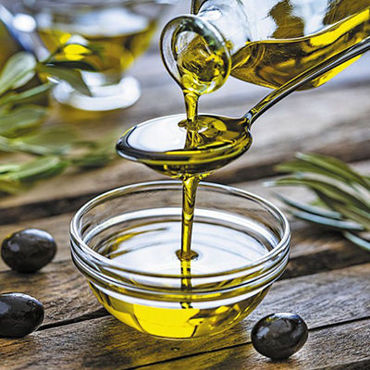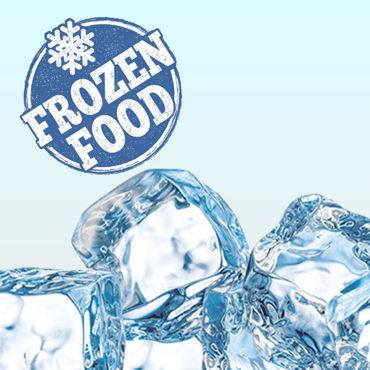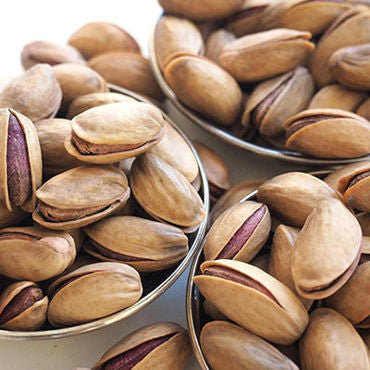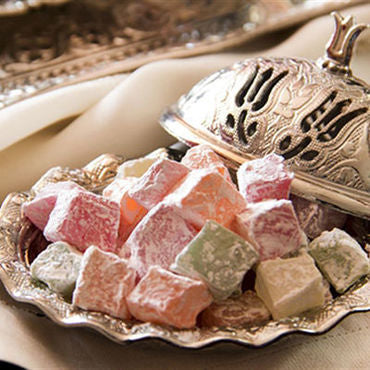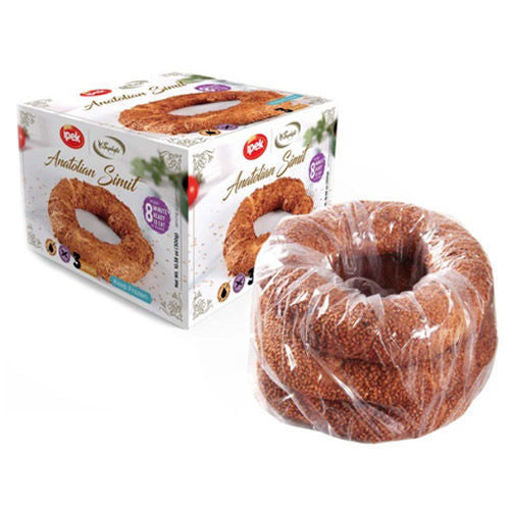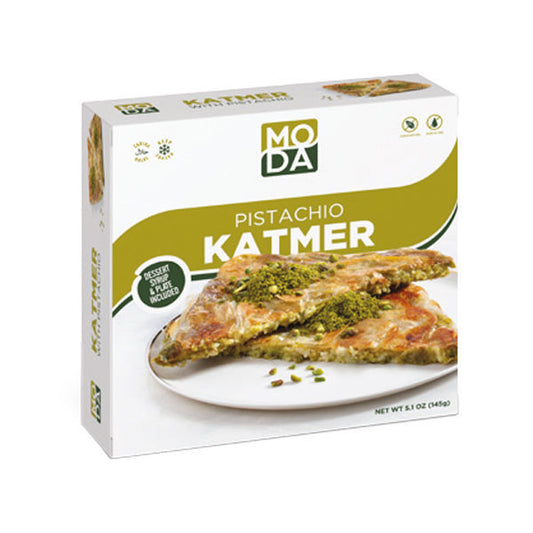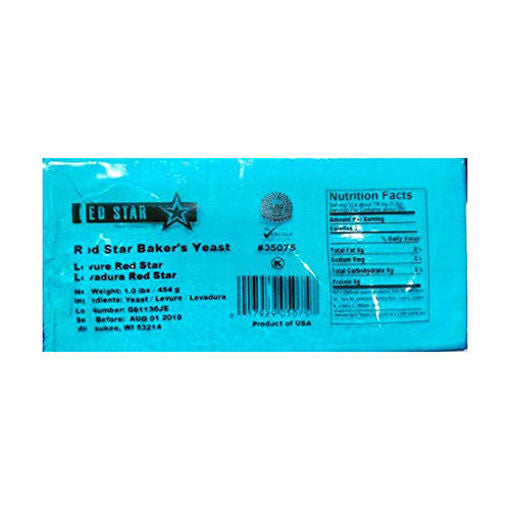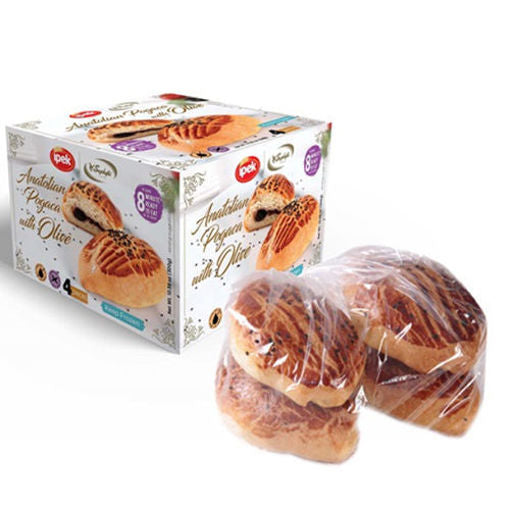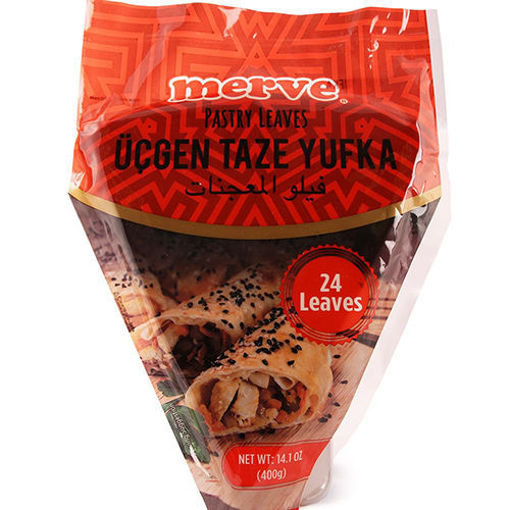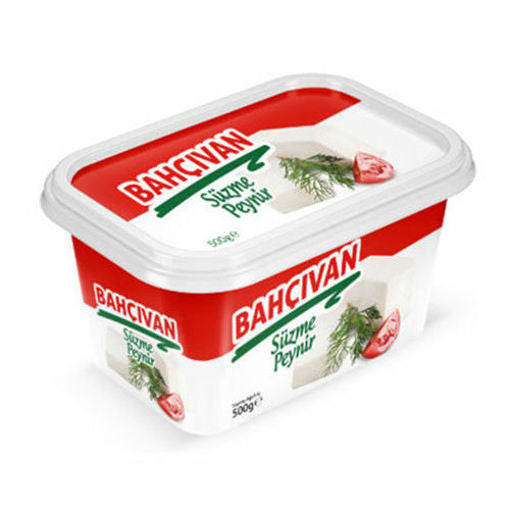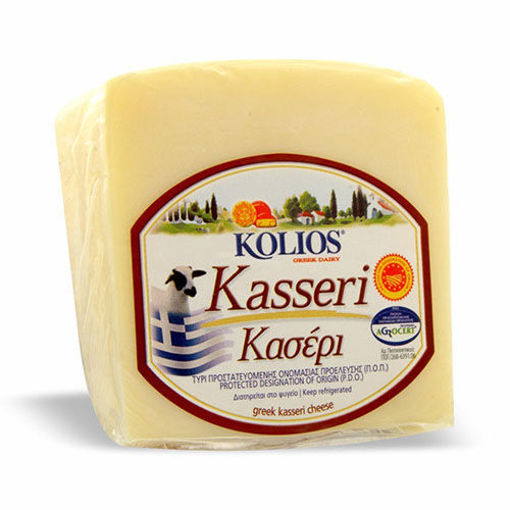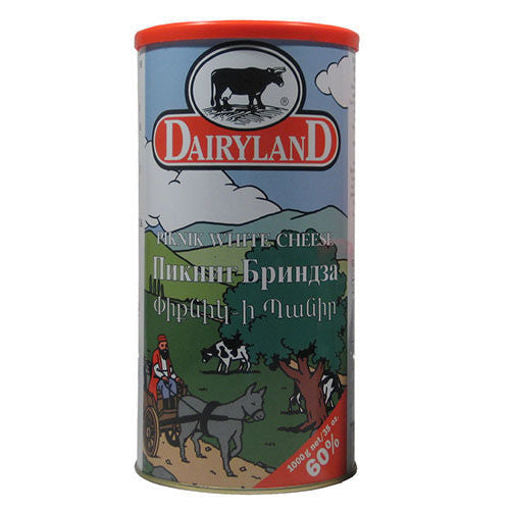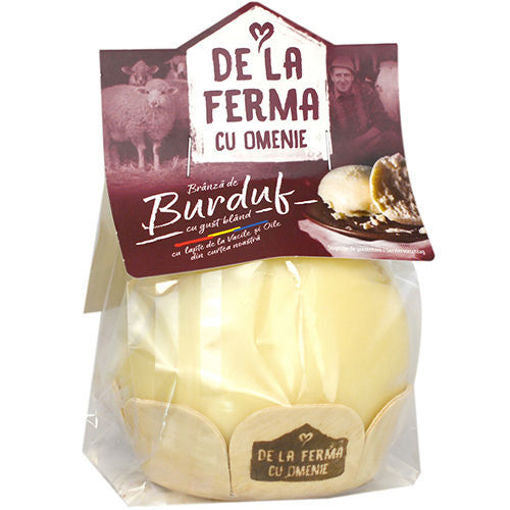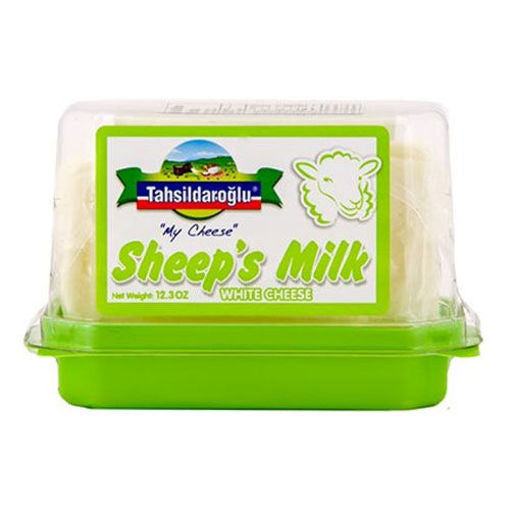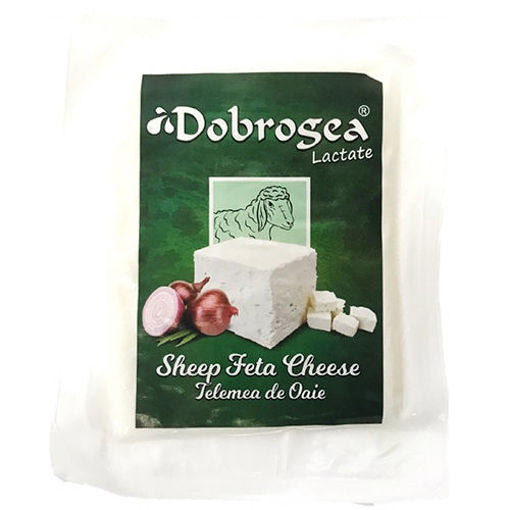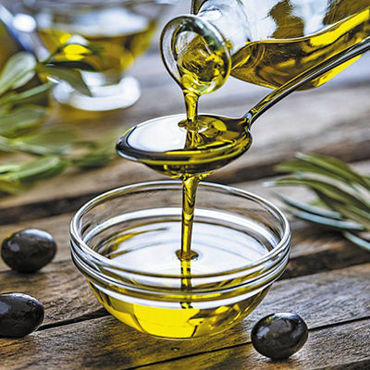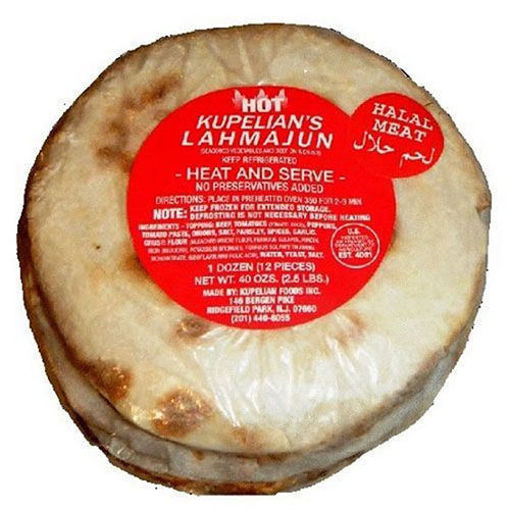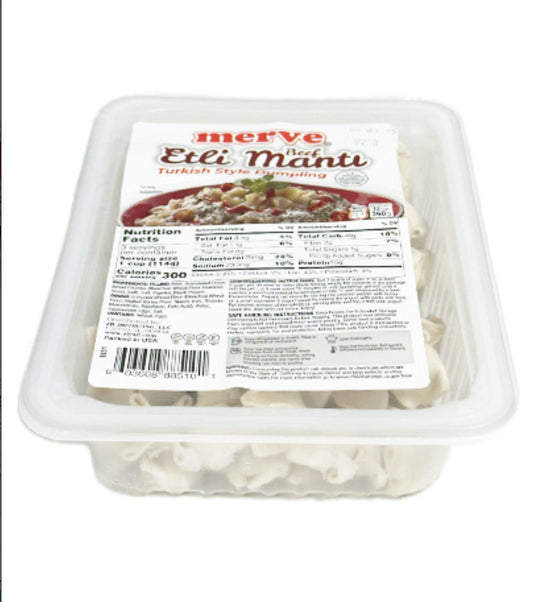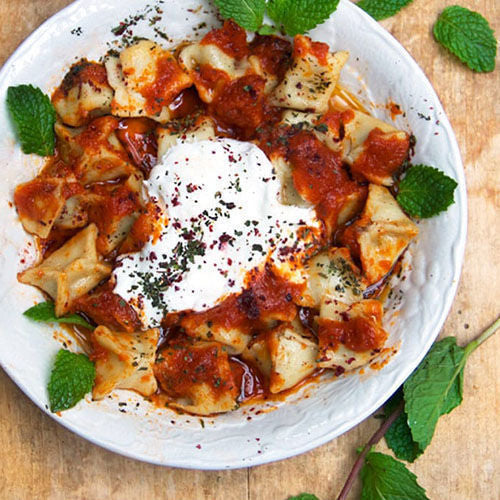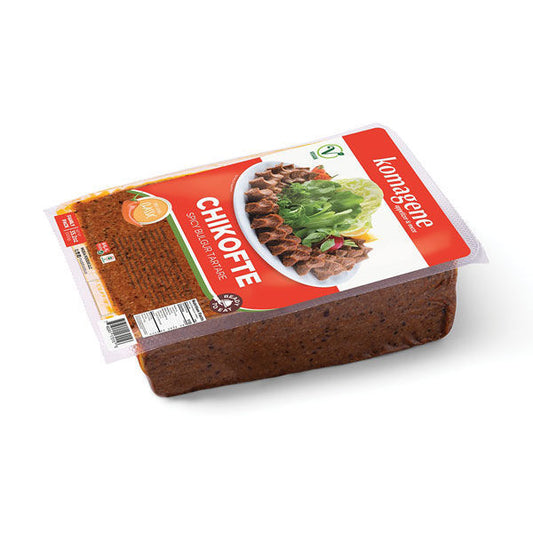
All Departments
All Departments
Welcome to Bakkal International Foods Online!
Bakkal International Foods (BIF) is a local store in Roswell Rd Sandy Springs, GA established in 2009. BIF offers a diverse selection of Imported Grocery from Europe, Eastern Europe, Asia, Mediterranean, Middle East and more. At BIF's Local store, we a offer a wide variety of fine cheeses, spices, syrups, fish, processed halal & kosher meats, imported chocolates, tea, pickles, olives, olive oil, beverages and more. We are now offering a select of our fine foods on our website to our customers in all 48 Continental States, We hope you enjoy your visit to our online foods store.
Bestsellers



New Arrivals
Recently Added




Fast Delivery
Deliver in 24 hours max!

Safe Payment
Visa, Mastercard, PayPal...

Free Returns
Free returns within 15 days

Help Center
Dedicated 24/7 support





